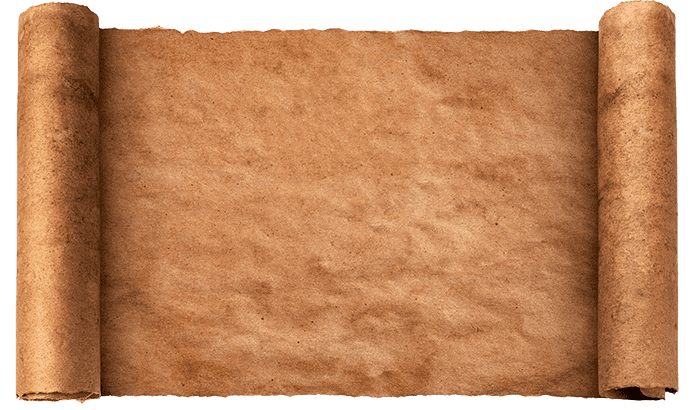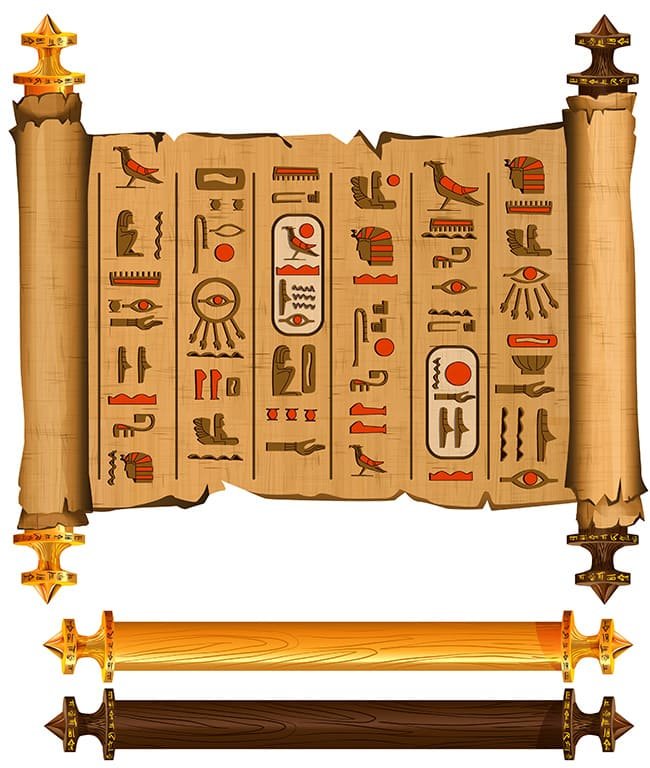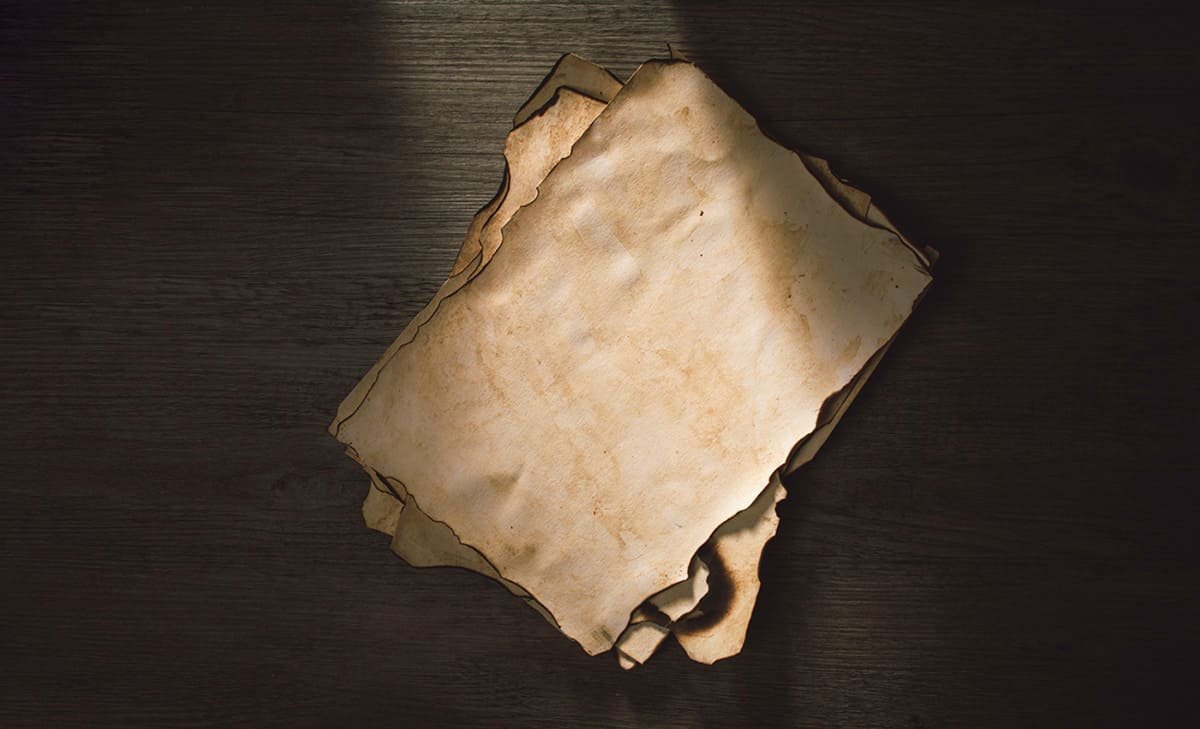Unveiling The Multi-Purpose
Papyrus Egyptian Paper Secrets
When we think of ancient Egyptian paper, what often springs to mind are hieroglyphs inscribed on yellowed sheets. But the versatile papyrus plant, the source of this paper, played a far greater role in ancient Egypt than simply providing a canvas for writing. The resilient papyrus plant served multiple uses, as it was transformed into everything from ropes to sandals, baskets, and even boats.
The Swiss Army Plant of Ancient Egypt
Indeed, the papyrus plant was much like the Swiss Army knife of the ancient world. Its fibrous nature lent itself to many uses. The sturdy yet flexible stems were woven together to create durable ropes, used in everything from construction to boat-making. Papyrus was also used to make everyday items such as sandals and baskets, attesting to its versatility.
Further, the buoyant properties of the papyrus plant made it an ideal material for constructing boats. The plant’s stems were bundled together and shaped to form a variety of vessels, from simple rafts to large barges. Remarkably, some of these ancient Egyptian 'paper boats' have survived to this day, providing a fascinating glimpse into ancient seafaring techniques.
The Scrolls of the Pharaohs
Famous Papyrus Documents
The use of papyrus as writing material has left us with some of the most treasured documents from the ancient world. One of the most famous papyrus documents is the 'Book of the Dead,' a collection of ancient Egyptian funerary texts. This beautifully illustrated scroll was intended to assist the deceased in navigating the afterlife.
Another renowned papyrus scroll is the 'Ebers Papyrus,' one of the oldest and most extensive medical texts known. Dating back to 1550 BC, this 20-meter-long scroll offers profound insight into ancient Egyptian medical knowledge and practices.
Unraveling the Secrets of the Egyptian Paper
It’s not just the written contents of the papyrus that offer fascinating insights, but also the paper itself. Through careful study of the paper's thickness, texture, and even the direction of the fibers, historians and archaeologists can glean important clues about its age, origin, and the methods used in its production. This is why papyrus artifacts, even those that contain no inscriptions, are highly valued for their wealth of information.
Papyrus in Religious Texts
Papyrus also held an influential role in the religious landscape of the time. Ancient Egyptians used papyrus to create 'pyramid texts' – a series of sacred writings found inscribed on the walls of pyramids, designed to secure a pharaoh's passage into the afterlife. These texts later evolved into 'coffin texts' and the aforementioned 'Book of the Dead', which were written on papyrus scrolls and placed with the deceased in their tombs.
Papyrus was also integral in early Christianity, serving as the medium for the earliest copies of the New Testament. The 'Nag Hammadi Library', a significant collection of Gnostic texts discovered in Upper Egypt in 1945, was written on papyrus, as were many early Greek biblical manuscripts.

Papyrus: A Symbol of Status
Owing to the laborious process of creating papyrus and its intrinsic link with literacy and knowledge, possessing papyrus items often signified status. High-ranking officials, priests, and scribes were typically the ones using papyrus for writing. Items such as papyrus scrolls were indicators of wealth and education, emphasizing the social stratification of ancient Egyptian society.
Papyrus: A Link to the Divine
Moreover, the very process of creating papyrus paper was seen as a divine act, mirroring the creation of the world in Egyptian mythology. The intersecting strips of papyrus signified the unification of Upper and Lower Egypt under one rule, a task attributed to the gods themselves.
Papyrus’ Influences Beyond Egypt
The ancient Egyptian paper's influence spread far beyond the boundaries of Egypt, thanks to robust trade routes established by the Romans and Greeks. As papyrus was exported, it facilitated the spread of knowledge and cultural exchange, thereby playing a significant role in shaping Western civilization.
Preserving the Secrets of the Past
Today, papyrus serves as a potent symbol of ancient Egyptian civilization, providing tangible evidence of their advanced literacy, societal structure, and religious beliefs. Through continued research and preservation, we continue to unravel the secrets of the Egyptian paper, each discovery further enriching our understanding of this fascinating civilization and the vast complexities of human history.
Papyrus Paper and Art
The papyrus paper's contribution was not merely utilitarian; it was an integral part of the vibrant art and culture of ancient Egypt. The rich imagery found on many papyrus scrolls, from the intricate drawings in the Book of the Dead to the beautiful portraits in the Fayum mummy portraits, highlights the artistic skill and creativity of the time. Artists utilized the unique texture and durability of the papyrus to create works of art that continue to mesmerize us thousands of years later.
From Ancient Times to Present Day
Despite being thousands of years old, the secrets of Egyptian paper continue to captivate and inspire us. The remarkable versatility of the papyrus plant, and the myriad of ways in which it was utilized, provide a window into the ingenuity and resourcefulness of the ancient Egyptians. The surviving papyrus scrolls, with their rich content, connect us with the thoughts, beliefs, and practices of this fascinating civilization.
In today's age, where digital technology dominates, the ancient art of making papyrus paper and the enduring legacies etched upon it remind us of the timeless value of tangible, handwritten texts. As we uncover more secrets of this ancient Egyptian paper, we gain not only a deeper understanding of the past, but also a greater appreciation for the craftsmanship and innovation that continue to shape our world.
The Enduring Legacy of the Egyptian Paper
From the dawning days of the pharaohs to our contemporary times, the legacy of the papyrus paper — the Egyptian paper — remains etched in history. As we continue to unlock the secrets of this remarkable material, we learn more about our collective past and the ingenious ways our ancestors harnessed nature's bounty. The papyrus plant, in its humble way, tells us a story of survival, adaptation, and the enduring power of written communication. Through the ages, it serves as a constant reminder of our capacity for innovation and our relentless quest for knowledge.

Related Articles

Papyrus Egyptian Paper Secrets
History of papyrus sheets is as rich and textured as the paper itself. Rooted in the ancient Egyptian civilization, the word 'papyrus' comes from the Egyptian word 'papuro,' which means 'that which belongs to the house.' Papyrus, a marsh plant found along the Nile River, was initially used for various purposes...

Making Papyrus Paper
The art of making papyrus paper is an age-old tradition that stretches back to the times of the Ancient Egyptians. The same techniques that were used thousands of years ago are still in use today to produce this unique form of paper. The process starts...
Papyrus Paper Store offers premium, authentic Egyptian Papyrus paper at competitive prices. Immerse yourself in history and tradition through our meticulously handcrafted sheets, perfect for artists, students, and history enthusiasts alike.
© 2025 Papyrus Paper Store. All Rights Reserved.
